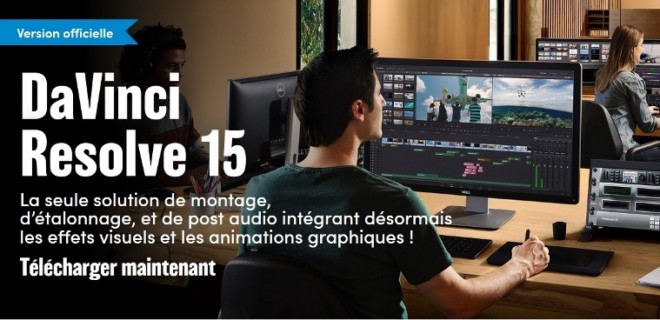

The decision on which to buy starts with determining which is more important: portability or screen real estate. Both are totally capable of video editing. MacBook Pros come in two sizes: 14″ and 16″. The results were surprising – the M1 did not win every race! Read it here.Īpple’s 16″(left) and 14″ MacBook Pro laptops. UPDATE: My 16″ MacBook Pro arrived last week and I ran a series of tests comparing the performance differences between the M1 MacBook Pro, a 2013 MacBook Pro and a 2017 27″ iMac.
DAVINCI RESOLVE 15 SYSTEM REQUIREMENTS PC HOW TO
So, assuming you are like most of us to whom money IS important, here’s how to decide how to configure your new laptop keeping a budget in mind. Faster performance saves you time, or, conversely, allows you more time to experiment on the best way to tell your story. Spending more money does not buy you greater quality or better effects. No one watching your videos will be able to tell which system you edited it on. If your budget is really limited, but your need for power is great, even the base model 14″ MacBook Pro can edit video successfully with high-quality.

But that will set you back more than $6,000, and, in my opinion, even if money were no object, you are spending more than you need to get top-quality performance. If you have the money, buy the top of the line. But, compared to the MacBook Air, they are not cheap. So if you edit using Media Composer, don’t buy one of these new laptops.įirst, these new machines redefine “powerhouse.” In performance, battery life, screen display and portability, they blow the doors off any other laptop in the market. NOTE: As of this writing, Avid does not support M1 chips. My thoughts apply whether you use Apple Final Cut Pro, Adobe Premiere Pro or DaVinci Resolve. Instantly, I started getting questions about how to best configure these laptops for video editing. These new computers feature two new Apple silicon chips: the M1 Pro and M1 Max. Earlier this week Apple released a major update to their MacBook Pro line of laptops.


 0 kommentar(er)
0 kommentar(er)
